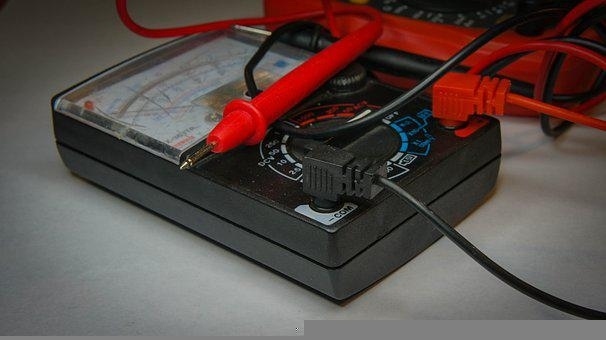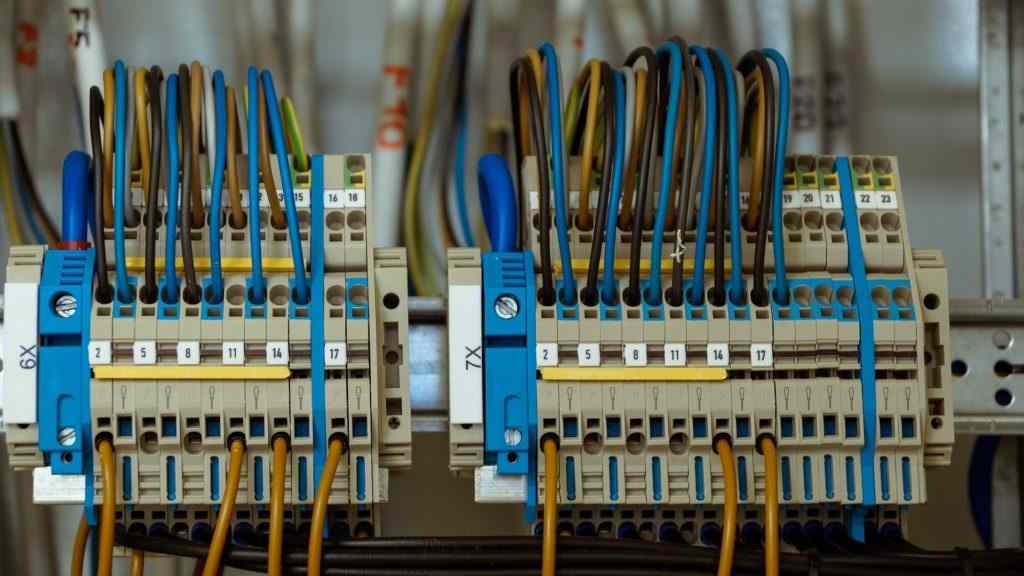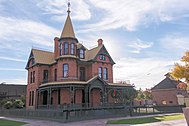Electrician in Camp Verde
Electrician Camp Verde
An annual inspection of your wiring and electrical systems is a good idea. You don't need to be concerned about your electrical system very often, but regular inspections can help identify potential problems and prevent them from becoming major ones. A skilled electrician will identify any worn or damaged parts or wiring, and recommend replacements as soon as possible. You can reduce the risk of serious problems by scheduling regular inspections.

Electricians Camp Verde
It is important to get references before you hire an electrician. Calling previous employers won't give you the most current information, so it is important that you ask your current or former supervisor. Co-workers are not trustworthy and it is better to not ask them for references. Referrals should be provided by clients or former employers who have had experience working with the electrician.
Electrician in Camp Verde
A clear path to the furnace, furnace, and water main is essential in order to avoid electrical problems. Before the inspectors arrive, make sure they have clear access. You should also ensure that no debris is blocking the inspectors' access. Make sure to remove any vegetation and plants from the property's perimeter. These plants can block your access to your house.


Electricians Camp Verde
The average cost of an electrical inspection for a home is between $100 and $400 per hour. Keep in mind that this is an average price and can increase if you have a large home. A home inspection by an electrician can prevent you from paying more money for a problem that is found after you purchase. A home inspection can also prevent you from expensive surprises when closing.
Camp Verde Electrician
An electrician can be described as a professional who designs and installs electrical systems. They are responsible for making sure that all their work is compliant with the code. According to U.S. Bureau of Labor Statistics in May 2018, there were 655 840 electricians. For diagnosing electrical problems, electricians can use a variety diagrams and testing devices. An electrician must not only test wiring and circuits but also adhere to safety codes, as detailed in the National Electrical Code.
Electrician in Camp Verde
Electrician Camp Verde AZ
Using conduits for electrical wiring can be beneficial in a variety of situations. When wiring is exposed indoors, conduits protect the wires from rodents and mice. Conduits also provide additional protection against damage caused by digging and moisture. Conduits are used in many areas including homes, offices, and schools. But, how do you choose the right conduit for your specific situation? Here are a few tips to consider.
Electricians Camp Verde Arizona
Check the licensing of any potential electricians before you hire them. You should verify that they are licensed by the state and have workers' insurance. Also, make sure they are insured. Uninsured contractors may not be able cover your entire expenses in the event of an accident. An electrical contractor licensed is knowledgeable about the most current electrical techniques and business practices. Referrals are worth their weight in Gold, so always ask for them. Ask for a time frame and an estimate, and clarify any price increases in writing.

About Phoenix AZ
Phoenix, Arizona
|
Phoenix, Arizona
|
|
|---|---|
| City of Phoenix | |
|
Clockwise, from the top: Downtown Phoenix, St. Mary's Basilica, Rosson House, Mystery Castle, Camelback Mountain, Arizona State Capitol, Arizona Science Center, Chase Tower, and the Papago Park
|
|
|
|
|
| Nickname(s):
"Valley of the Sun", "The Valley"
|
|

Interactive map of Phoenix
|
|
Coordinates:  33°26′54″N 112°04′26″WCoordinates: 33°26′54″N 112°04′26″WCoordinates:  33°26′54″N 112°04′26″W 33°26′54″N 112°04′26″W |
|
| Country | United States |
| State | Arizona |
| County | Maricopa |
| Settled | 1867 |
| Incorporated | February 25, 1881 |
| Founded by | Jack Swilling |
| Named for | Phoenix, mythical creature |
| Government | |
| • Type | Council-Manager |
| • Body | Phoenix City Council |
| • Mayor | Kate Gallego (D) |
| Area | |
| • State Capital | 519.28 sq mi (1,344.94 km2) |
| • Land | 518.27 sq mi (1,342.30 km2) |
| • Water | 1.02 sq mi (2.63 km2) |
| Elevation | 1,086 ft (331 m) |
| Population
(2020)
|
|
| • State Capital | 1,608,139 |
| • Estimate
(2021)[3]
|
1,624,569 |
| • Rank | 5th in the United States 1st in Arizona |
| • Density | 3,102.92/sq mi (1,198.04/km2) |
| • Metro | 4,845,832 (11th) |
| Demonym | Phoenician |
| Time zone | UTC−07:00 (MST (no DST)) |
| ZIP Codes |
85001–85099
|
| Area codes | |
| FIPS code | 04-55000 |
| GNIS ID(s) | 44784, 2411414 |
| Major airport | Phoenix Sky Harbor International Airport |
| Secondary Airports | Deer Valley Airport Phoenix–Mesa Gateway Airport |
| Interstates | |
| U.S. Highways | |
| State Routes | |
| Public transportation | Valley Metro |
| Website | www |
Phoenix (/ˈfiːnɪks/ FEE-niks; Navajo: Hoozdo; Spanish: Fénix or Fínix,[citation needed] Walapai: Banyà:nyuwá[5]) is the capital and most populous city of the U.S. state of Arizona, with 1,608,139 residents as of 2020.[6] It is the fifth-most populous city in the United States,[7] and one of only two U.S. state capitals with a population of more than one million residents, along with Austin, Texas.[8][9][10]
Phoenix is the anchor of the Phoenix metropolitan area, also known as the Valley of the Sun, which in turn is part of the Salt River Valley. The metropolitan area is the 11th largest by population in the United States, with approximately 4.85 million people as of 2020.[9] Phoenix, the seat of Maricopa County, has the largest area of all cities in Arizona, with an area of 517.9 square miles (1,341 km2), and is also the 11th largest city by area in the United States.[11] It is the largest metropolitan area, both by population and size, of the Arizona Sun Corridor megaregion.
Phoenix was settled in 1867 as an agricultural community near the confluence of the Salt and Gila Rivers and was incorporated as a city in 1881. It became the capital of Arizona Territory in 1889.[12] It is in the northeastern reaches of the Sonoran Desert and has a hot desert climate.[13][14] Despite this, its canal system led to a thriving farming community with the original settlers' crops remaining important parts of the Phoenix economy for decades, such as alfalfa, cotton, citrus, and hay.[15][16] Cotton, cattle, citrus, climate, and copper were known locally as the "Five C's" anchoring Phoenix's economy. These remained the driving forces of the city until after World War II, when high-tech companies began to move into the valley and air conditioning made Phoenix's hot summers more bearable.[17]
The city averaged a four percent annual population growth rate over a 40-year period from the mid-1960s to the mid-2000s.[18] This growth rate slowed during the Great Recession of 2007–09, and has rebounded slowly.[19] Phoenix is the cultural center of the state of Arizona.[20] Phoenix is also majority minority, with 42.6% of its population identifying as Hispanic and 42.5% as "white" in the 2020 census.[21]










